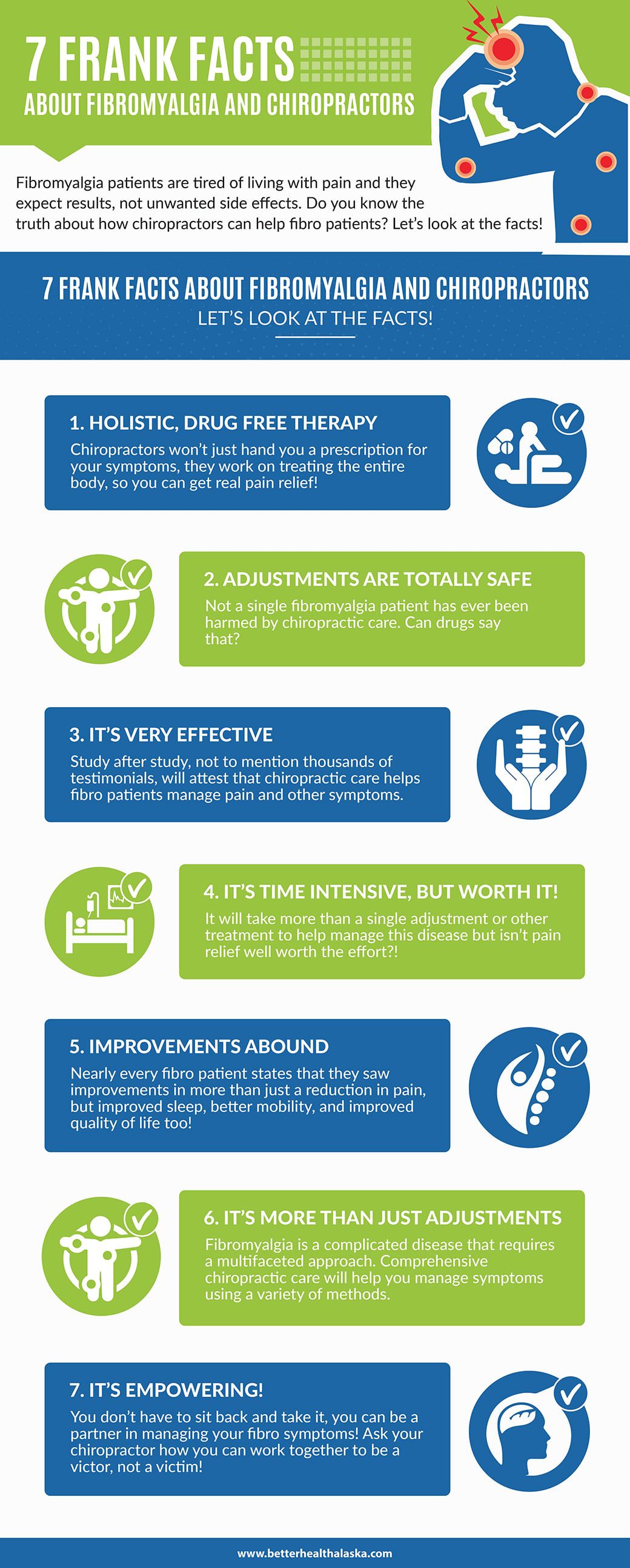The Science Behind Cold Laser Therapy: Recognizing Its Systems And Impacts
The Science Behind Cold Laser Therapy: Recognizing Its Systems And Impacts
Blog Article
Authored By-Castro Kornum
You may have come across cold laser therapy as a promising therapy alternative for different problems, yet have you ever wondered how it in fact works on a cellular level? Recognizing the mechanisms behind this therapy can shed light on its effectiveness in advertising recovery and minimizing swelling. By checking out the science behind cold laser treatment, you'll acquire insights right into the fascinating methods which light can affect cellular processes and help with tissue repair work.
Just How Cold Laser Treatment Functions
To comprehend how cold laser treatment functions, you need to realize the essential concepts of exactly how light power communicates with organic tissues. Cold laser treatment, additionally known as low-level laser treatment (LLLT), uses specific wavelengths of light to pass through the skin and target hidden cells. Unlike visit the following internet page used in operations, cold lasers produce low degrees of light that do not produce warm or create damages to the cells.
When these mild light waves reach the cells, they're absorbed by parts called chromophores, such as cytochrome c oxidase in mitochondria. This absorption sets off a series of biological feedbacks, including boosted cellular energy manufacturing and the release of nitric oxide, which improves blood circulation and decreases swelling.
In addition, the light power can also stimulate the manufacturing of adenosine triphosphate (ATP), the power money of cells, aiding in cellular fixing and regrowth procedures.
Fundamentally, cold laser therapy utilizes the power of light power to promote recovery and relieve pain in a non-invasive and gentle manner.
Devices of Action
How does cold laser therapy actually work to produce its healing impacts on biological cells?
Cold laser treatment, also called low-level laser treatment (LLLT), runs via a process referred to as photobiomodulation. When the cold laser is put on the skin, the light power permeates the cells and is absorbed by chromophores within the cells.
These chromophores, such as cytochrome c oxidase in the mitochondria, are then stimulated by the light energy, leading to a cascade of organic responses. One crucial mechanism of action is the improvement of mobile metabolic process.
The taken in light power enhances ATP manufacturing in the mitochondria, which is essential for cellular function and repair service. Furthermore, cold laser treatment assists to reduce inflammation by inhibiting inflammatory conciliators and advertising the launch of anti-inflammatory cytokines.
low level laser therapy for weight loss anti-inflammatory effect adds to discomfort alleviation and cells recovery.
Therapeutic Impacts
Comprehending the therapeutic results of cold laser treatment includes identifying exactly how the enhanced cellular metabolic process and anti-inflammatory homes contribute to its positive end results on organic tissues.
When the cold laser is related to the affected area, it boosts the mitochondria within the cells, leading to enhanced manufacturing of adenosine triphosphate (ATP), which is essential for mobile feature and repair service. This boost in cellular power accelerates the healing process by advertising tissue regrowth and decreasing inflammation.
Furthermore, the anti-inflammatory homes of cold laser treatment help to lower discomfort and swelling in the targeted area. By hindering inflammatory conciliators and advertising the release of anti-inflammatory cytokines, cold laser treatment help in relieving discomfort and enhancing the general recovery action.
This decrease in inflammation not just offers instant relief but additionally sustains lasting cells repair work.
Conclusion
To conclude, cold laser therapy works by promoting mobile repair and cells regrowth via photobiomodulation. Its anti-inflammatory homes give discomfort alleviation and lower swelling by preventing inflammatory moderators.
This treatment offers a detailed technique to recovery, providing both prompt relief and long-lasting tissue repair work advantages.
Through its mechanisms of action, cold laser treatment proves to be an effective and appealing treatment alternative for a selection of conditions.
